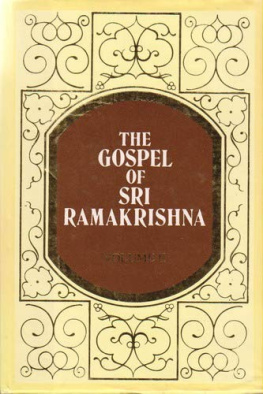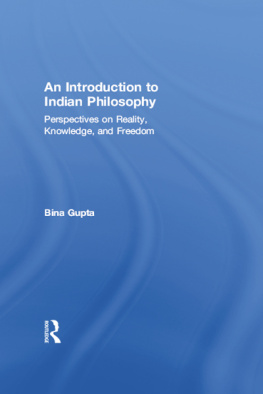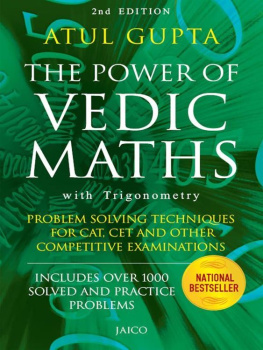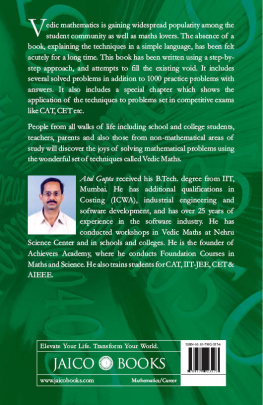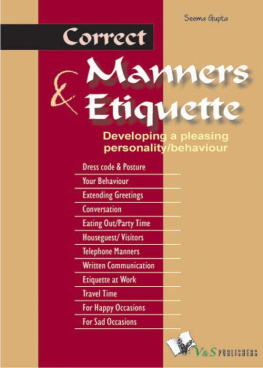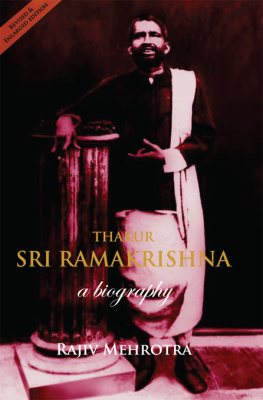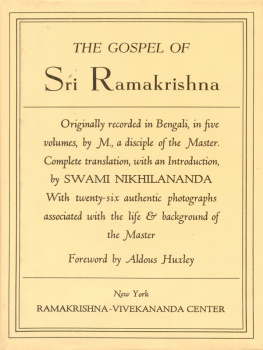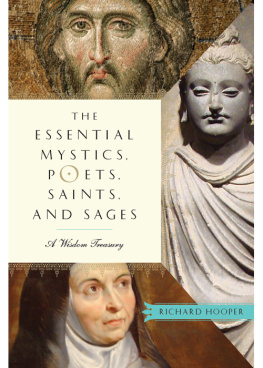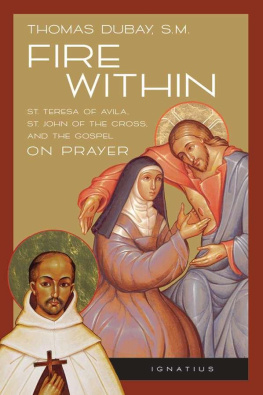
Sri Ramakrishna
Sri Ramakrishna
Mahendranath Gupta, "M"
THE GOSPEL OF SRI RAMAKRISHNA
SRI SRI RAMAKRISHNA KATHAMRITA
By Mahendranath Gupta (M), His Disciple
Translated from the Bengali by Swami Nikhilananda
Ramakrishna Math and Ramakrishna Mission
-------------------
FOREWORD
by Aldous Huxley
IN THE HISTORY of the arts, genius is a thing of very rare occurrence. Rarer still, however, are the competent reporters and recorders of that genius. The world has had many hundreds of admirable poets and philosophers; but of these hundreds only a very few have had the fortune to attract a Boswell or an Eckermann.
When we leave the field of art for that of spiritual religion, the scarcity of competent reporters becomes even more strongly marked. Of the day-to-day life of the great theocentric saints and contemplatives we know, in the great majority of cases, nothing whatever. Many, it is true, have recorded their doctrines in writing, and a few, such as St. Augustine, Suso and St. Teresa, have left us autobiographies of the greatest value.
But, all doctrinal writing is in some measure formal and impersonal, while the autobiographer tends to omit what he regards as trifling matters and suffers from the further disadvantage of being unable to say how he strikes other people and in what way he affects their lives. Moreover, most saints have left neither writings nor self-portraits, and for knowledge of their lives, their characters and their teachings, we are forced to rely upon the records made by their disciples who, in most cases, have proved themselves singularly incompetent as reporters and biographers. Hence the special interest attaching to this enormously detailed account of the daily life and conversations of Sri Ramakrishna.
"M", as the author modestly styles himself, was peculiarly qualified for his task. To a reverent love for his master, to a deep and experiential knowledge of that master's teaching, he added a prodigious memory for the small happenings of each day and a happy gift for recording them in an interesting and realistic way. Making good use of his natural gifts and of the circumstances in which he found himself, "M" produced a book unique, so far as my knowledge goes, in the literature of hagiography. No other saint has had so able and indefatigable a Boswell. Never have the small events of a contemplative's daily life been described with such a wealth of intimate detail. Never have the casual and unstudied utterances of a great religious teacher been set down with so minute a fidelity. To Western readers, it is true, this fidelity and this wealth of detail are sometimes a trifle disconcerting; for the social, religious and intellectual frames of reference within which Sri Ramakrishna did his thinking and expressed his feelings were entirely Indian. But after the first few surprises and bewilderments, we begin to find something peculiarly stimulating and instructive about the very strangeness and, to our eyes, the eccentricity of the man revealed to us in "M's" narrative. What a scholastic philosopher would call the "accidents" of Ramakrishna's life were intensely Hindu and therefore, so far as we in the West are concerned, unfamiliar and hard to understand; its "essence", however, was intensely mystical and therefore universal. To read through these conversations in which mystical doctrine alternates with an unfamiliar kind of humour, and where discussions of the oddest aspects of Hindu mythology give place to the most profound and subtle utterances about the nature of Ultimate Reality, is in itself a liberal, education in humility, tolerance and suspense of judgment. We must be grateful to the translator for his excellent version of a book so curious and delightful as a biographical document, so precious, at the same time, for what it teaches us of the life of the spirit.
-------------------
PREFACE
by Swmi Nikhilnanda
The Gospel of Sri Ramakrishna is the English translation of the Sri Sri RmakrishnaKathmrita, the conversations of Sri Ramakrishna with his disciples, devotees, and visitors, recorded by Mahendranth Gupta, who wrote the book under the pseudonym of "M." The conversations in Bengali fill five volumes, the first of which was published in 1897 and the last shortly after M.'s death in 1932. Sri Ramakrishna Math, Madras, has published in two volumes an English translation of selected chapters from the monumental Bengali work. I have consulted these while preparing my translation.
M., one of the intimate disciples of Sri Ramakrishna, was present during all the conversations recorded in the main body of the book and noted them down in his diary.
They therefore have the value of almost stenographic records. In Appendix A are given several conversations which took place in the absence of M., but of which he received a first-hand record from persons concerned. The conversations will bring before the reader's mind an intimate picture of the Master's eventful life from March 1882 to April 24, 1886, only a few months before his passing away. During this period he came in contact chiefly with English-educated Benglis; from among them he selected his disciples and the bearers of his message, and with them he shared his rich spiritual experiences.
I have made a literal translation, omitting only a few pages of no particular interest to English-speaking readers. Often literary grace has been sacrificed for the sake of literal translation. No translation can do full justice to the original. This difficulty is all the more felt in the present work, whose contents are of a deep mystical nature and describe the inner experiences of a great seer. Human language is an altogether inadequate vehicle to express supersensuous perception. Sri Ramakrishna was almost illiterate. He never clothed his thoughts in formal language. His words sought to convey his direct realization of Truth. His conversation was in a village patois. Therein lies its charm. In order to explain to his listeners an abstruse philosophy, he, like Christ before him, used with telling effect homely parables and illustrations, culled from his observation of the daily life around him.
The reader will find mentioned in this work many visions and experiences that fall outside the ken of physical science and even psychology. With the development of modern knowledge the border line between the natural and the supernatural is ever shifting its position. Genuine mystical experiences are not as suspect now as they were half a century ago. The words of Sri Ramakrishna have already exerted a tremendous influence in the land of his birth. Savants of Europe have found in his words the ring of universal truth.
But these words were not the product of intellectual cogitation; they were rooted in direct experience. Hence, to students of religion, psychology, and physical science, these experiences of the Master are of immense value for the understanding of religious phenomena in general. No doubt Sri Ramakrishna was a Hindu of the Hindus; yet his experiences transcended the limits of the dogmas and creeds of Hinduism. Mystics of religions other than Hinduism will find in Sri Ramakrishna's experiences a corroboration of the experiences of their own prophets and seers. And this is very important today for the resuscitation of religious values. The sceptical reader may pass by the supernatural experiences; he will yet find in the book enough material to provoke his serious thought and solve many of his spiritual problems.
There are repetitions of teachings and parables in the book. I have kept them purposely. They have their charm and usefulness, repeated as they were in different settings. Repetition is unavoidable in a work of this kind. In the first place, different seekers come to a religious teacher with questions of more or less identical nature; hence the answers will be of more or less identical pattern. Besides, religious teachers of all times and climes have tried, by means of repetition, to hammer truths into the stony soil of the recalcitrant human mind. Finally, repetition does not seem tedious if the ideas repeated are dear to a man's heart.
Next page
